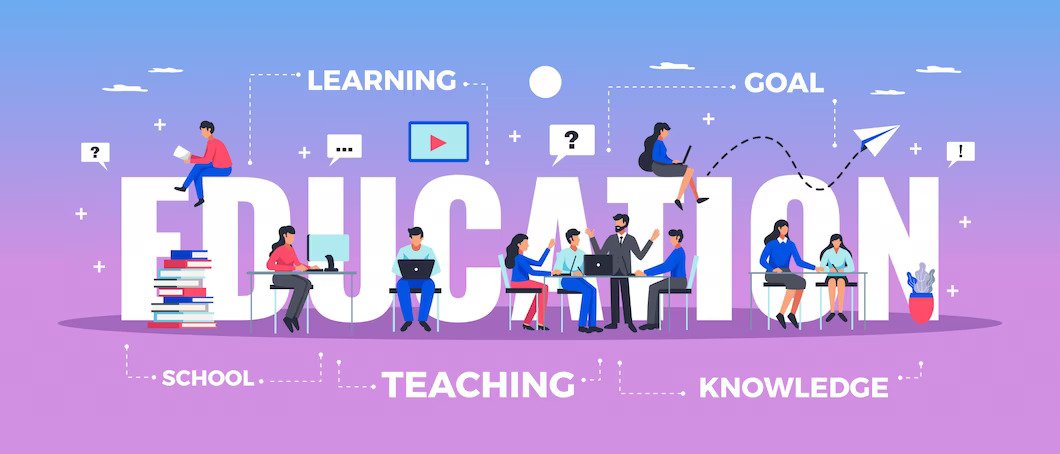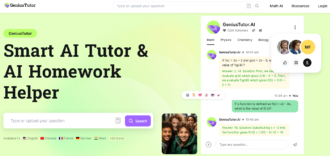Digital Literacy among Students
- 1 Understanding Digital Literacy
- 2 The Current State of Digital Literacy among Students
- 2.1 Role of Schools in Promoting Digital Literacy
- 2.2 Challenges in Implementing Digital Literacy Education
- 2.3 The Future of Digital Literacy among Students
- 2.4 Policy Changes and Initiatives
- 2.5 Digital Literacy in the Workplace
- 2.6 The Importance of Lifelong Learning
- 3 Conclusion
Imagine being in a foreign land where you can’t understand the language, interpret signs, or engage in basic communication. That’s how it feels to be digitally illiterate in today’s technology-driven world. We use technology for virtually everything—learning, working, socializing, shopping—and the ability to effectively use digital tools is becoming as essential as reading and writing.
Understanding Digital Literacy
Digital literacy uses technology, networks, and tools to access, manage, integrate, and evaluate information, create new knowledge, and communicate with others. It’s like the GPS that helps us navigate the vast digital landscape. For college students, this skill is not just a plus; it’s a must. It’s needed for research, collaboration with peers, online classes, and even using services like the best essay writing services, which many students turn to for help with academic work. After all, being a student isn’t just about writing essays and passing exams. It’s about preparing for a future career in a digitalized world.
The Current State of Digital Literacy among Students
Despite the ubiquity of technology in daily life, many students struggle to leverage digital tools effectively in academic and professional contexts. While students might be adept at using social media or streaming services, their proficiency often falls short when applied to educational or work-related tasks. They may know how to post a tweet or use filters on Instagram but struggle when it comes to finding credible sources online for a research paper or using a spreadsheet to analyze data.
Key findings in the realm of digital literacy among students include:
- Age-Related Differences: Younger students, particularly those who grew up with smartphones and tablets, tend to be more comfortable with digital technologies compared to older students.
- Socioeconomic Disparities: Students from lower socioeconomic backgrounds and rural areas often have less access to digital tools and the internet, leading to a digital divide.
- Geographical Variations: Urban students generally have better access to high-speed internet and advanced technology than their rural counterparts.
Role of Schools in Promoting Digital Literacy
Educational institutions bear significant responsibility in imparting digital literacy skills to students. This not only entails instruction on the use of particular software or gadgets but also cultivating a comprehensive understanding of the operation of digital technologies, their creative applications, and the evaluation of the credibility of online information.
Some practical ways schools are promoting digital literacy include:
- Curriculum Integration: Incorporating digital skills into various subjects, not just computer science, ensures that students see the relevance of these skills across disciplines.
- Project-Based Learning: Encouraging project-based learning that requires students to use digital tools fosters practical application and deeper understanding.
- Digital Citizenship Education: Teaching students about online safety, privacy, and ethical use of digital resources is crucial in today’s interconnected world.
- Teacher Training: Providing ongoing professional development for teachers ensures they are equipped to teach and model digital literacy.
Challenges in Implementing Digital Literacy Education
Despite its importance, several challenges hinder integrating digital literacy into the school system. These include:
- Limited Resources: Schools in underprivileged areas often lack the necessary technology and funding to provide comprehensive digital literacy education.
- Teacher Preparedness: Not all teachers feel confident or have the skills to teach digital literacy effectively.
- Academic Priorities: Balancing digital literacy education with other educational requirements can be challenging, especially with standardized testing pressures.
- Access to Technology: Even with the best intentions, if students don’t have access to reliable technology and the internet at home, they can’t practice or improve their digital skills outside of school.
The Future of Digital Literacy among Students
As we look towards the future, digital literacy is poised to transform in line with advancements in technologies like artificial intelligence (AI), virtual reality (VR), and the Internet of Things (IoT). The demand for digital literacy will undoubtedly rise, and so will the diversity of skills required by students to navigate this progressively changing digital environment adeptly.
Emerging Technologies and Digital Literacy
- Artificial Intelligence: Understanding how AI works, its applications, and ethical implications will become increasingly important.
- Virtual Reality: VR offers immersive learning experiences, and students must learn how to create and interact with VR content.
- Internet of Things: As more devices become interconnected, students will need to understand IoT and its impact on daily life and various industries.
Policy Changes and Initiatives
To enhance digital literacy education, several policy changes and initiatives could be implemented:
- National Curriculums: Making digital literacy a core part of the national curriculum ensures that all students receive this critical education regardless of location.
- Increased Funding: Allocating more funds for digital resources and training in schools helps bridge the digital divide.
- Public-Private Partnerships: Encouraging partnerships between schools and tech companies can keep education in sync with technological advancements and provide students with access to the latest tools and knowledge.
- Community Programs: Implementing community-based digital literacy programs can help extend learning opportunities beyond the classroom, particularly in underprivileged areas.
Digital Literacy in the Workplace
Digital literacy is not just an academic requirement; it’s a vital skill in the workplace. As industries continue to digitize, the ability to use digital tools effectively can significantly enhance productivity and innovation. Developing these skills early can provide students with a competitive edge in the job market.
Employers increasingly value:
- Proficiency in Software Applications: Knowledge of office suites, data analysis tools, and project management software is essential.
- Cybersecurity Awareness: Understanding the basics of cybersecurity helps protect company data and personal information.
- Digital Communication Skills: Effective communication through emails, virtual meetings, and collaboration platforms is crucial in modern workplaces.
The Importance of Lifelong Learning
Digital literacy is not a one-time learning process but a lifelong journey. Technology evolves rapidly, and staying updated with the latest trends and tools is essential. Encouraging a mindset of continuous learning and adaptability is crucial for both students and professionals.
Conclusion
Being digitally literate is about more than just being able to use a computer or smartphone. It’s about using digital tools to enhance learning, boost productivity, and connect meaningfully with others. As we continue to navigate the digital terrain, let’s ensure we’re equipped with the best tools for the journey. After all, today’s college students aren’t just learners – they are the digital leaders of tomorrow.
Investing in digital literacy education is investing in our future. By equipping students with the necessary skills and knowledge, we prepare them to thrive in a digitalized world, foster innovation and ensure that no one is left behind in this digital age. Let’s navigate this digital world together, ensuring everyone has the tools and opportunities to succeed.

















